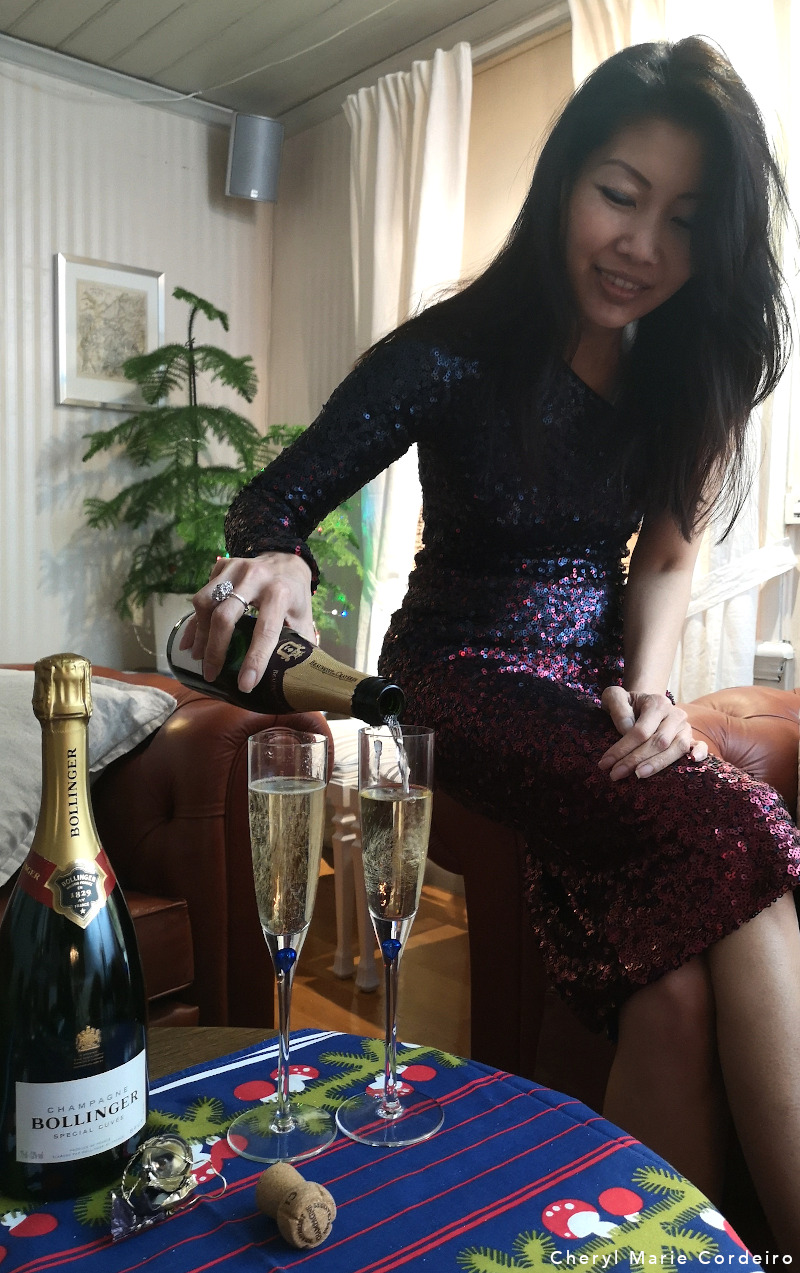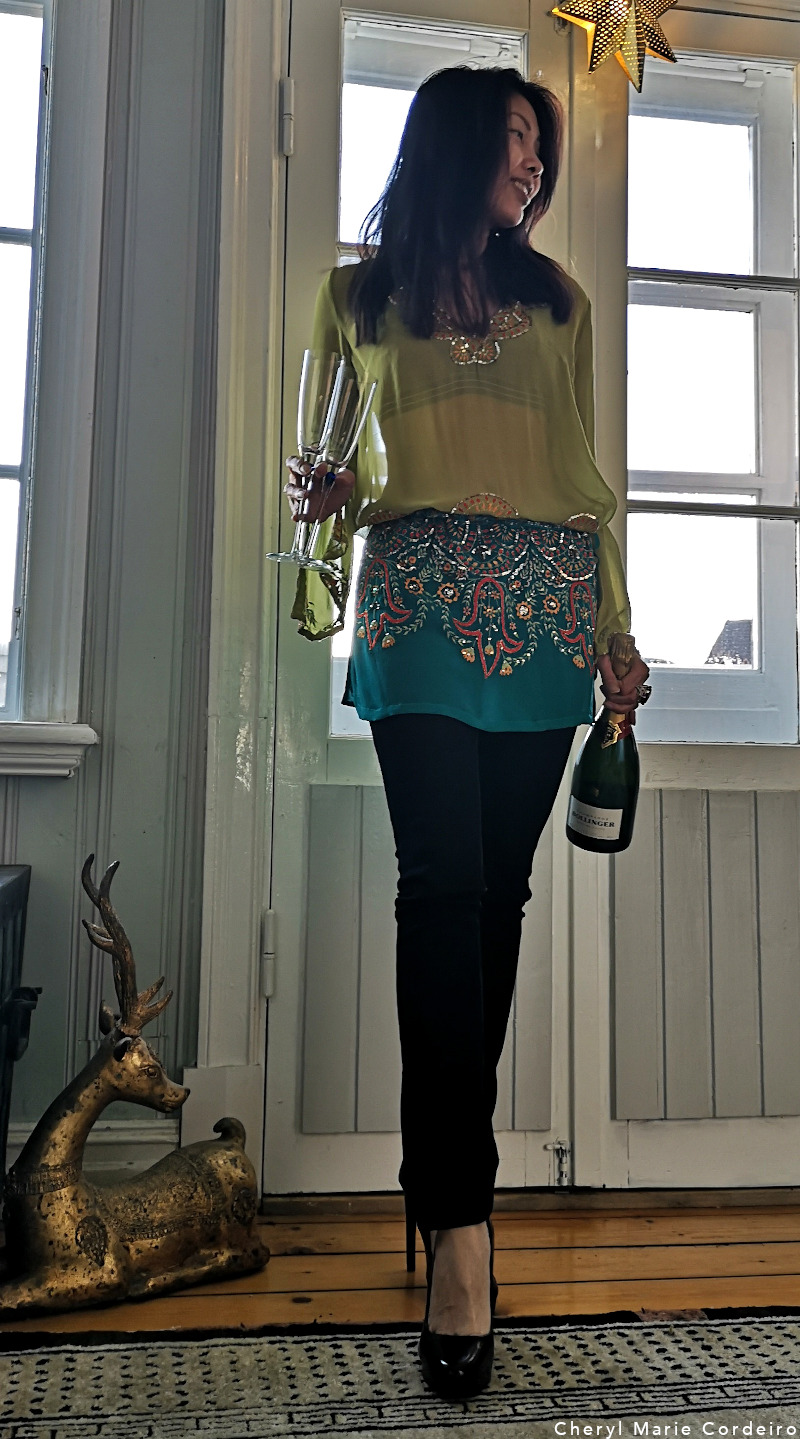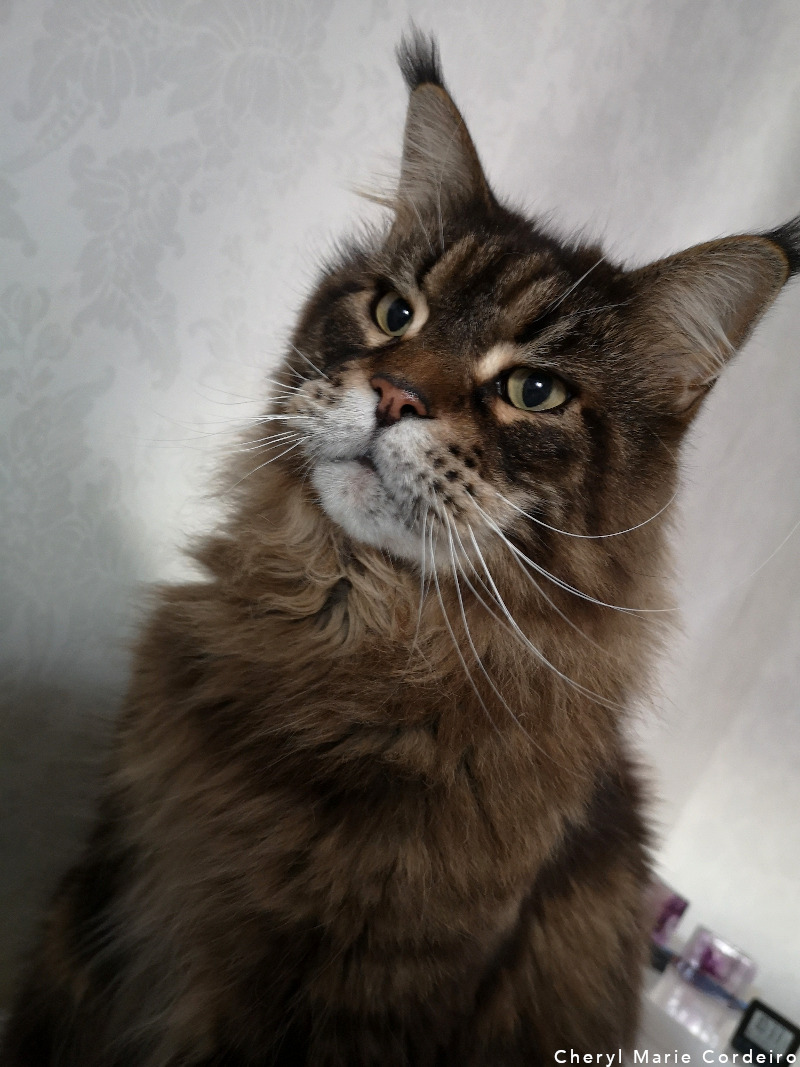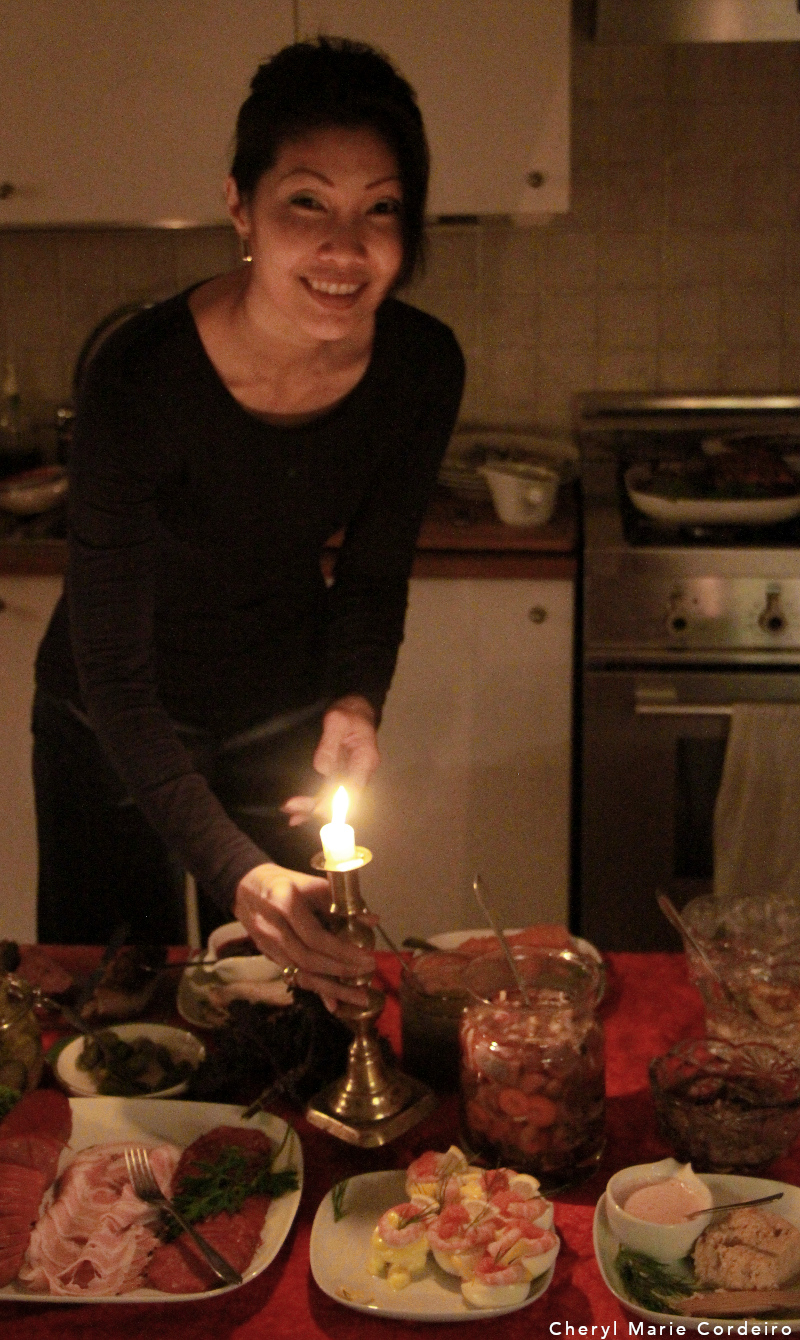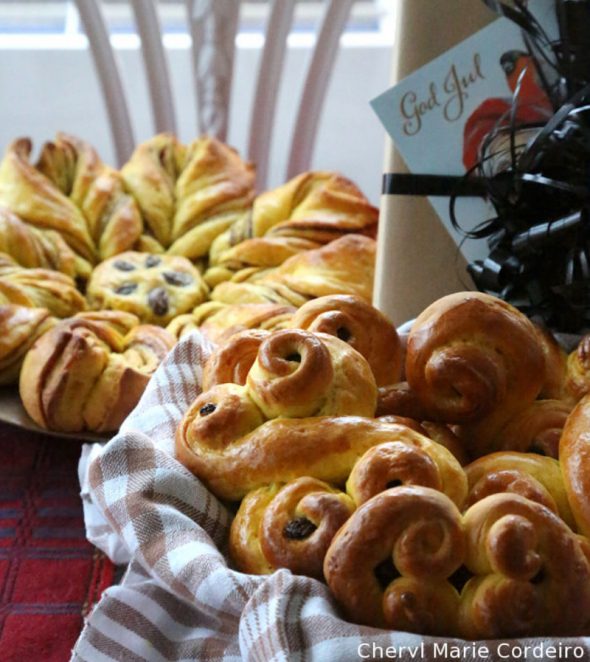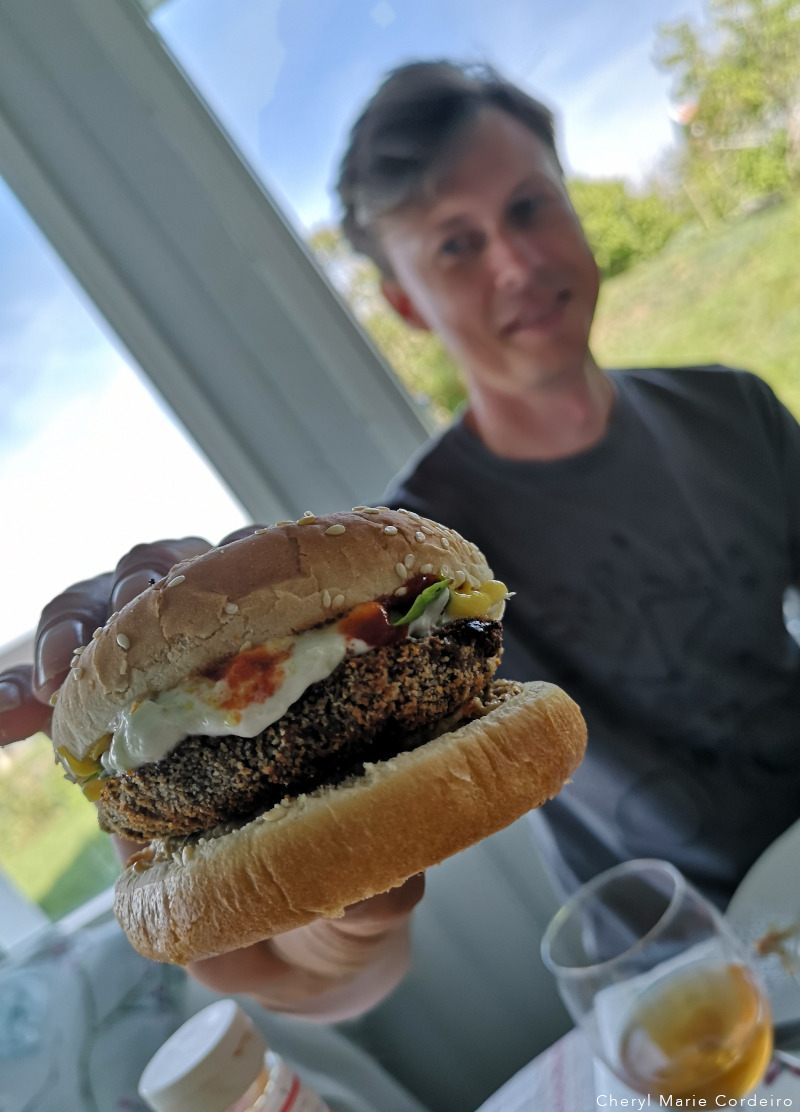New Year´s 2021 along the Swedish west coast, Sweden.
Text & Photo © CM Cordeiro & JE Nilsson 2021
In Zen, ensō is a circle that is hand-drawn in minimal uninhibited brushstrokes. The circle can be drawn complete, or incomplete. More important, is that it expresses a moment when the mind is free to let the body create. The transition from the last hours of 2020 to the first hours of 2021 in my view, is much like ensō in Time. All things in transition, endings into beginnings.
A medley of moments towards Zen ensō, the tail end of a circle, to begin a new. Moments of New Year´s Eve, weaving into the early hours of New Year´s Day, 2021.
